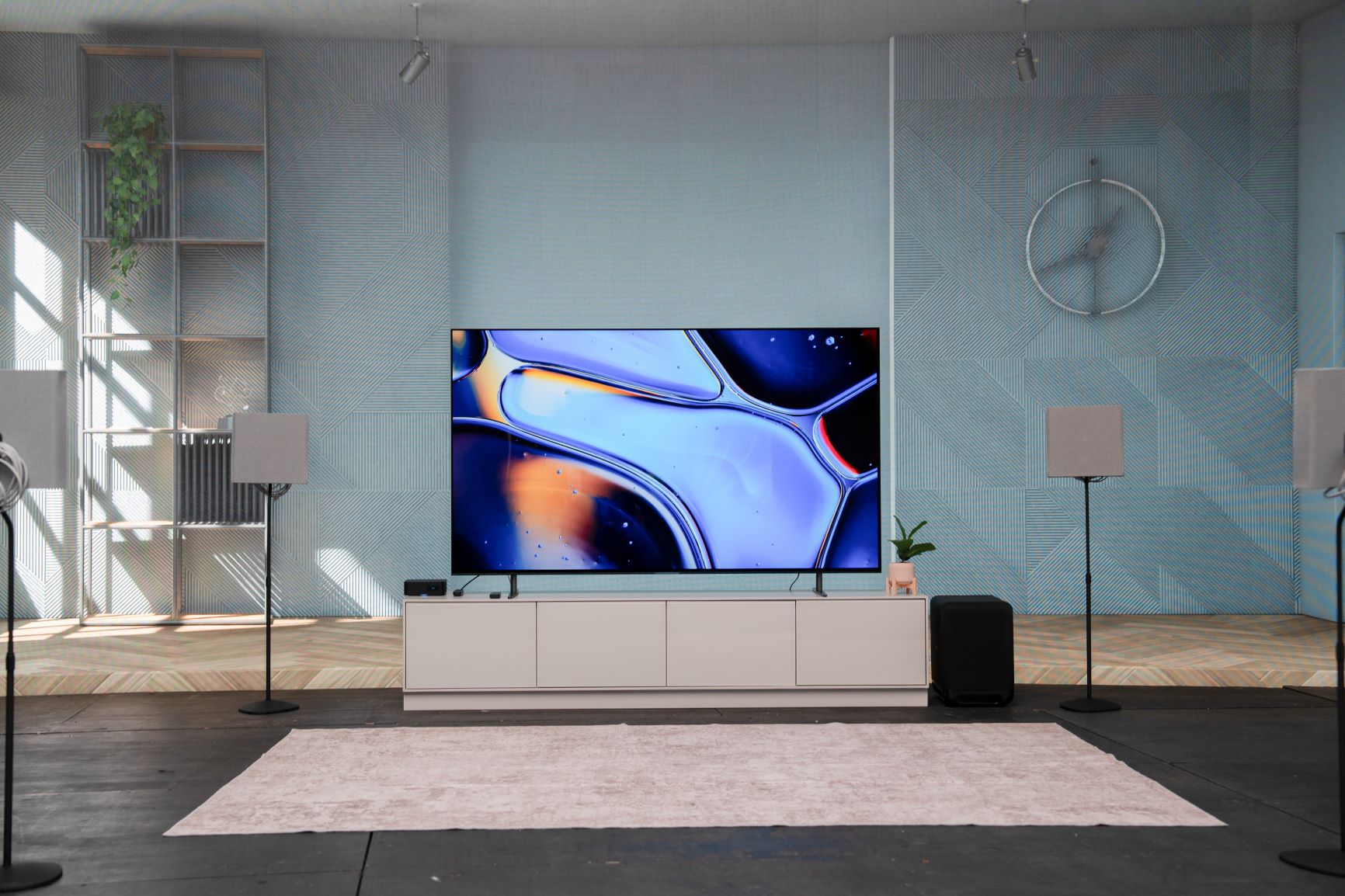No products in the cart.

OLED vs. QLED
OLED vs. QLED: Choosing the Best TV for Home Entertainment

Understanding OLED Technology
OLED TVs use organic compounds that emit light when an electric current is applied. Each pixel in an OLED screen can independently produce its own light and color, which allows for exceptional control over brightness and contrast. Here are some of the standout features of OLED TVs:
- Perfect Blacks and Infinite Contrast: Since OLED pixels can turn off completely, they produce true black. This results in infinite contrast ratios and enhances the overall picture quality, particularly in dark scenes.
- Wide Viewing Angles: OLED TVs maintain consistent picture quality even when viewed from an angle, making them ideal for wide seating arrangements.
- Thin and Flexible Designs: OLED panels are incredibly thin and can even be flexible, allowing for innovative TV designs that can fit seamlessly into modern home decor.
- Faster Response Time: OLEDs have a quicker response time compared to QLEDs, which reduces motion blur and makes them excellent for fast-paced action scenes and gaming.
Understanding QLED Technology
QLED TVs, on the other hand, use Quantum Dots to enhance the brightness and color accuracy of traditional LED backlit TVs. While QLED technology relies on a backlight, it improves upon it by using a layer of quantum dots to produce purer colors and brighter images. Here are some key features of QLED TVs:
- Brightness: QLED TVs can achieve higher brightness levels than OLEDs, making them better suited for brightly lit rooms and daytime viewing.
- Color Volume: Quantum dots help QLED TVs produce a wider color gamut and more accurate colors, especially at higher brightness levels.
- Longevity: QLED panels are generally more resistant to burn-in, a phenomenon where static images can leave a permanent mark on the screen over time.
- Cost-Effectiveness: In many cases, QLED TVs can be more affordable than OLEDs, providing a cost-effective option for those looking to upgrade their home entertainment system without breaking the bank.
Comparing OLED and QLED
Picture Quality
- OLED: Offers superior contrast and black levels, making it the best choice for dark room viewing and for content that benefits from high contrast ratios.
- QLED: Provides higher brightness and vibrant colors, making it ideal for bright rooms and HDR content.
Viewing Experience
- OLED: Maintains consistent picture quality from all angles.
- QLED: Picture quality can diminish when viewed from the side, but recent advancements have improved this aspect.
Durability
- OLED: Prone to image retention or burn-in with static images, though this is less of an issue with modern models and normal usage patterns.
- QLED: Generally more durable with less risk of burn-in, making it a safer choice for varied content consumption.
Price
- OLED: Typically more expensive due to the advanced technology and superior picture quality.
- QLED: Often more affordable, offering a good balance of performance and cost.
Which is the Better Choice for Home Entertainment?
The choice between OLED and QLED ultimately depends on your specific needs and viewing environment.
- If you prioritize deep blacks, infinite contrast, and a wide viewing angle, and are willing to invest a bit more for top-tier picture quality, OLED is the way to go.
- If you prefer higher brightness levels, vibrant colors, and are looking for a more cost-effective option that performs well in bright rooms, QLED might be the better choice.
Both technologies have their strengths, and either can significantly enhance your home entertainment experience. Consider the typical lighting conditions of your room, your viewing habits, and your budget when making your decision.
For personalized recommendations and professional installation of the perfect TV for your home theater, visit Ambiance. We offer a range of high-quality OLED and QLED TVs to suit every preference and ensure you get the most out of your entertainment system.

